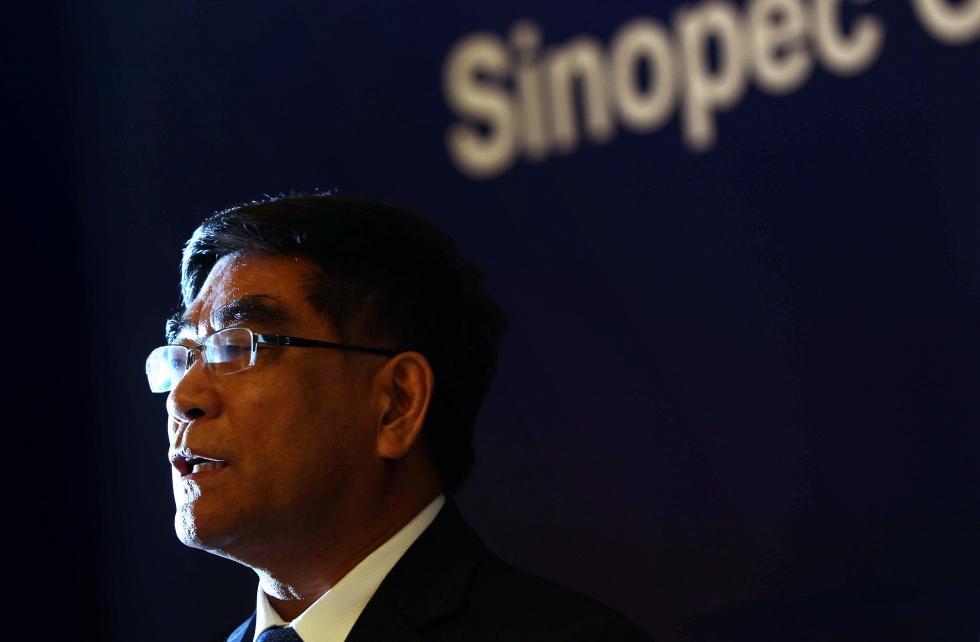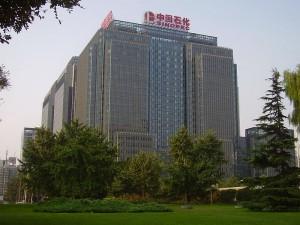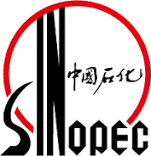China Petrochemical Corp., the largest single refiner of oil and gas in Asia, says they plan to invest in developing 3D printing materials over the course of the next decade as they look to reduce the company’s dependence on oil production and processing.
Known as Sinopec Group, China Petroleum & Chemical Corporation says they’ll need to discover technological breakthroughs as part of their long-term planning. The company also says investments will be made in creating industrial parks, investment funds and a research institute to push innovation forward.

The Chairman of Chinese petroleum giants Sinopec, Fu Chengyu, says the development of 3D printing materials will be a key to the success of the fifth largest company in the world.
Sinopec Chairman, Fu Chengyu, didn’t provide details about the plans, but analysts say new business ventures will be key to providing Sinopec with growth in the coming decade.
“It’s smart to explore opportunities in high-margin products in new materials and services businesses, as lower crude prices have choked almost every oil explorer in the world,” says Shi Yan, an analyst at UOB-Kay Hian Ltd. in Shanghai. “Sinopec wants to turn itself into China’s DuPont.”
 Sinopec is based in Beijing, China, and the company is listed in Hong Kong and trades in Shanghai and New York. It’s the world’s fifth largest company by revenue, and the world’s second largest chemical producer. As the major state-owned petroleum energy and chemicals company in China, the firm is heavily involved in oil and gas exploration, refining, production and sales of petrochemicals, chemical fibers, chemical fertilizers, and other chemical products.
Sinopec is based in Beijing, China, and the company is listed in Hong Kong and trades in Shanghai and New York. It’s the world’s fifth largest company by revenue, and the world’s second largest chemical producer. As the major state-owned petroleum energy and chemicals company in China, the firm is heavily involved in oil and gas exploration, refining, production and sales of petrochemicals, chemical fibers, chemical fertilizers, and other chemical products.
In 2011, Sinopec was ranked as the 5th largest company in sales in the Forbes Global, ranked 9th by Fortune Global 500, and it was also the first Chinese corporation to make the top ten. As recently as 2007, Sinopec was ranked by Forbes as number one of the Top 500 Enterprises in China.
Established as a joint stock entity under the China Petrochemical Corporation Group (Sinopec Group) in February 2000, Sinopec Limited was then simultaneously listed on the Hong Kong, New York, and London exchanges in October 2000.
As of August 2013, Sinopec acquired a 33% stake in Apache Corporation’s oil and gas business in Egypt for $3.1 billion, and in December 2013, MCC Holding Hong Kong Corp.Ltd. and MCC Petroli Hong Kong Corp.Ltd., acquired a 18% stake of Sinopec’s oil and gas business for $9.3 billion.
 Analysts say these most recent moves, particularly the company’s focus on alternative businesses like 3D printing materials development and sustainable energy, are an adjustment by the company resulting from the recent collapse of the world oil market.
Analysts say these most recent moves, particularly the company’s focus on alternative businesses like 3D printing materials development and sustainable energy, are an adjustment by the company resulting from the recent collapse of the world oil market.
Chairman Fu says 2014 was a “challenging year” for the company, but added that lower crude prices expected in 2015 forced the moves. Fu says the future of the company will change from a classic oil and gas company. He added that Sinopec intends to change its focus from “manufacturing” to “technology.”
“I hope that after a decade or so, we’ll be a science-based petrochemical company,” Fu added, and that the development of 3D printing technologies will be key to the plans. “Research (is being) conducted to explore 3D printing businesses, and to create conditions for the development of 3D printing materials.”
What do you think about the news that the single largest business in China plans to focus a major share of their effort on developing 3D printing materials? What could this mean for the materials market in general? Let us know in the Sinopec 3D Printing Materials forum thread on 3DPB.com.
Subscribe to Our Email Newsletter
Stay up-to-date on all the latest news from the 3D printing industry and receive information and offers from third party vendors.
You May Also Like
3D Printing Financials: Fathom Struggles in Financial Quicksand During Critical Transition
Facing a year of key transitions and financial pressures, Fathom (Nasdaq: FTHM) has filed its annual report for 2023 with the U.S. Securities and Exchange Commission (SEC). The document outlines...
Latest Earnings Overview for Australian 3D Printing Firms Titomic and AML3D
Australian 3D printing manufacturing firms Titomic (ASX: TTT) and AML3D (ASX: AL3) reported their financial results for the period from July to December 2023, marking the first half of their...
3D Printing Webinar and Event Roundup: April 7, 2024
Webinars and events in the 3D printing industry are picking back up this week! Sea-Air-Space is coming to Maryland, and SAE International is sponsoring a 3D Systems webinar about 3D...
3D Printing Financials: Unpacking Farsoon and BLT’s 2023 Performance
In the Chinese 3D printing industry, two companies, Farsoon (SHA: 688433) and Bright Laser Technologies, or BLT (SHA: 688333), have recently unveiled their full-year earnings for 2023. Farsoon reported increases...































